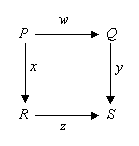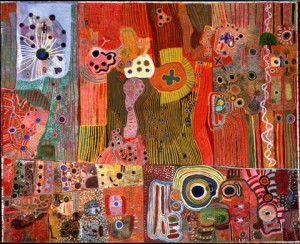Peggy Noonan was a speech-writer for Ronald Reagan, and she can still throw a serrated-edged dagger at high-speed with a precision of millimetres. Here she is (in her column of 2009-07-10) on one Mrs Palin:
In television interviews she was out of her depth in a shallow pool. She was limited in her ability to explain and defend her positions, and sometimes in knowing them. She couldn’t say what she read because she didn’t read anything. She was utterly unconcerned by all this and seemed in fact rather proud of it: It was evidence of her authenticity. She experienced criticism as both partisan and cruel because she could see no truth in any of it. She wasn’t thoughtful enough to know she wasn’t thoughtful enough. Her presentation up to the end has been scattered, illogical, manipulative and self-referential to the point of self-reverence. “I’m not wired that way,” “I’m not a quitter,” “I’m standing up for our values.” I’m, I’m, I’m.”
I doubt I could ever support a party of irrational economic policies, incompetent war-mongering, and class resentments such as the GOP. But if I were inclined, then I’d agree also with these words:
Here’s why all this matters. The world is a dangerous place. It has never been more so, or more complicated, more straining of the reasoning powers of those with actual genius and true judgment. This is a time for conservative leaders who know how to think.
Here are a few examples of what we may face in the next 10 years: a profound and prolonged American crash, with the admission of bankruptcy and the spread of deep social unrest; one or more American cities getting hit with weapons of mass destruction from an unknown source; faint glimmers of actual secessionist movements as Americans for various reasons and in various areas decide the burdens and assumptions of the federal government are no longer attractive or legitimate.
The era we face, that is soon upon us, will require a great deal from our leaders. They had better be sturdy. They will have to be gifted. There will be many who cannot, and should not, make the cut. Now is the time to look for those who can. And so the Republican Party should get serious, as serious as the age, because that is what a grown-up, responsible party—a party that deserves to lead—would do.
It’s not a time to be frivolous, or to feel the temptation of resentment, or the temptation of thinking next year will be more or less like last year, and the assumptions of our childhoods will more or less reign in our future. It won’t be that way.
We are going to need the best.”


